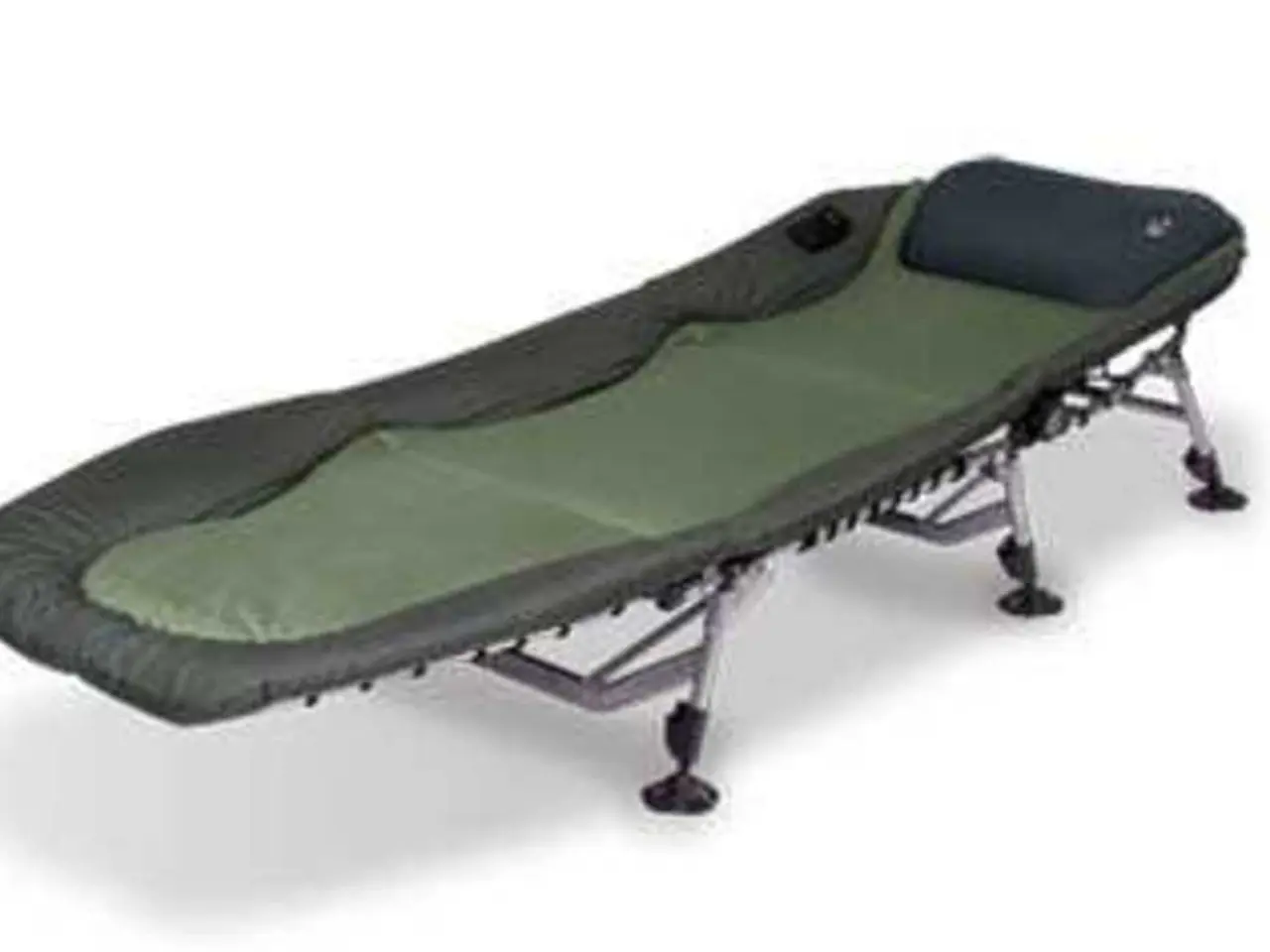Gracilis Muscle: Key to Hip Adduction and Knee Flexion
The gracilis muscle, located in the groin, plays a crucial role in hip adduction and knee flexion. This muscle is innervated by the obturator nerve, which originates from the lumbar spinal vertebrae L2 and L3. It's one of five muscles involved in hip adduction.
The gracilis muscle begins at the external point of the ischiopubic ramus on the pubic bone and extends to the upper medial shaft of the tibia. It aids in stabilising and rotating the knee inward. When the obturator nerve is impinged, it often results in radiating pain from the hip down to the knee or beyond.
Stretching the groin muscles regularly can help prevent strain injuries to the gracilis muscle. The obturator nerve controls the gracilis, enabling hip adduction, knee flexion, and medial rotation. Injury to this nerve can restrict muscle control and sensory input from the groin area.
Understanding the gracilis muscle's function and its innervation by the obturator nerve is vital for maintaining groin health. Regular groin stretches can prevent injuries, while prompt attention to any radiating pain can help address potential nerve impingement issues.





